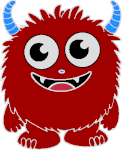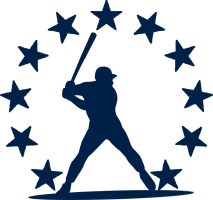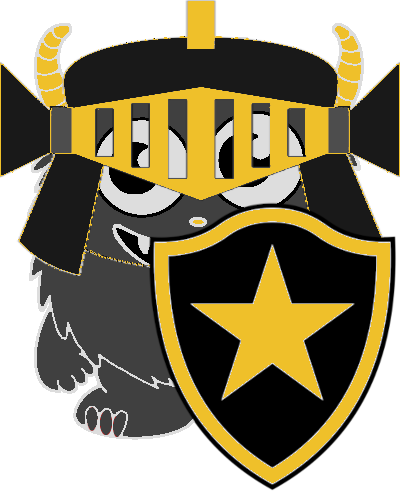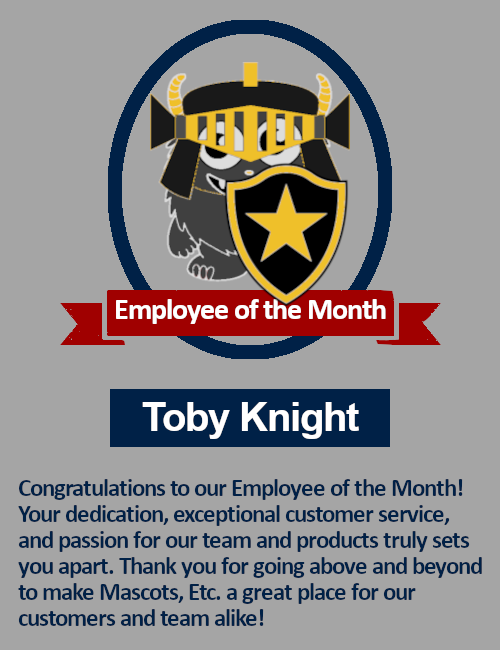Mascots
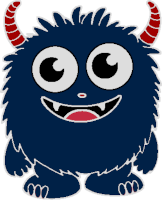
Mascots, Etc. proudly features 384 unique mascots and team names in our extensive print catalog of over 650,000 individual products. We currently offer 50 of our most popular and in-demand mascots and team names in the webstore, with more on the way. Choose a mascot below to find gear for your favorite team, or browse through any of our mascots to find fashionable merch for any sports fan.
-
ANGELS Fan Gear

-
BEARS Fan Gear

-
BLAZERS Fan Gear

-
BOBCATS Fan Gear

-
BOMBERS Fan Gear

-
BRAVES Fan Gear

-
BRONCOS Fan Gear

-
BULLDOGS Fan Gear

-
CARDINALS Fan Gear

-
COLTS Fan Gear

-
COMETS Fan Gear

-
COUGARS Fan Gear

-
COWBOYS Fan Gear

-
COYOTES Fan Gear

-
CRUSADERS Fan Gear

-
CUBS Fan Gear

-
DRAGONS Fan Gear

-
EAGLES Fan Gear

-
FALCONS Fan Gear

-
GRIZZLIES Fan Gear

-
HAWKS Fan Gear

-
HORNETS Fan Gear

-
INDIANS Fan Gear

-
IRISH Fan Gear

-
JAGUARS Fan Gear

-
JETS Fan Gear

-
KNIGHTS Fan Gear

-
LIONS Fan Gear

-
MAVERICKS Fan Gear

-
MUSTANGS Fan Gear

-
OUTLAWS Fan Gear

-
PANTHERS Fan Gear

-
PATRIOTS Fan Gear

-
PIRATES Fan Gear

-
RAIDERS Fan Gear

-
RAMS Fan Gear

-
RANGERS Fan Gear

-
REBELS Fan Gear

-
ROCKETS Fan Gear

-
SAINTS Fan Gear

-
SHARKS Fan Gear

-
SPARTANS Fan Gear

-
STARS Fan Gear

-
TIGERS Fan Gear

-
TITANS Fan Gear

-
TROJANS Fan Gear

-
VIKINGS Fan Gear

-
WARRIORS Fan Gear

-
WILDCATS Fan Gear

-
WOLVES Fan Gear



